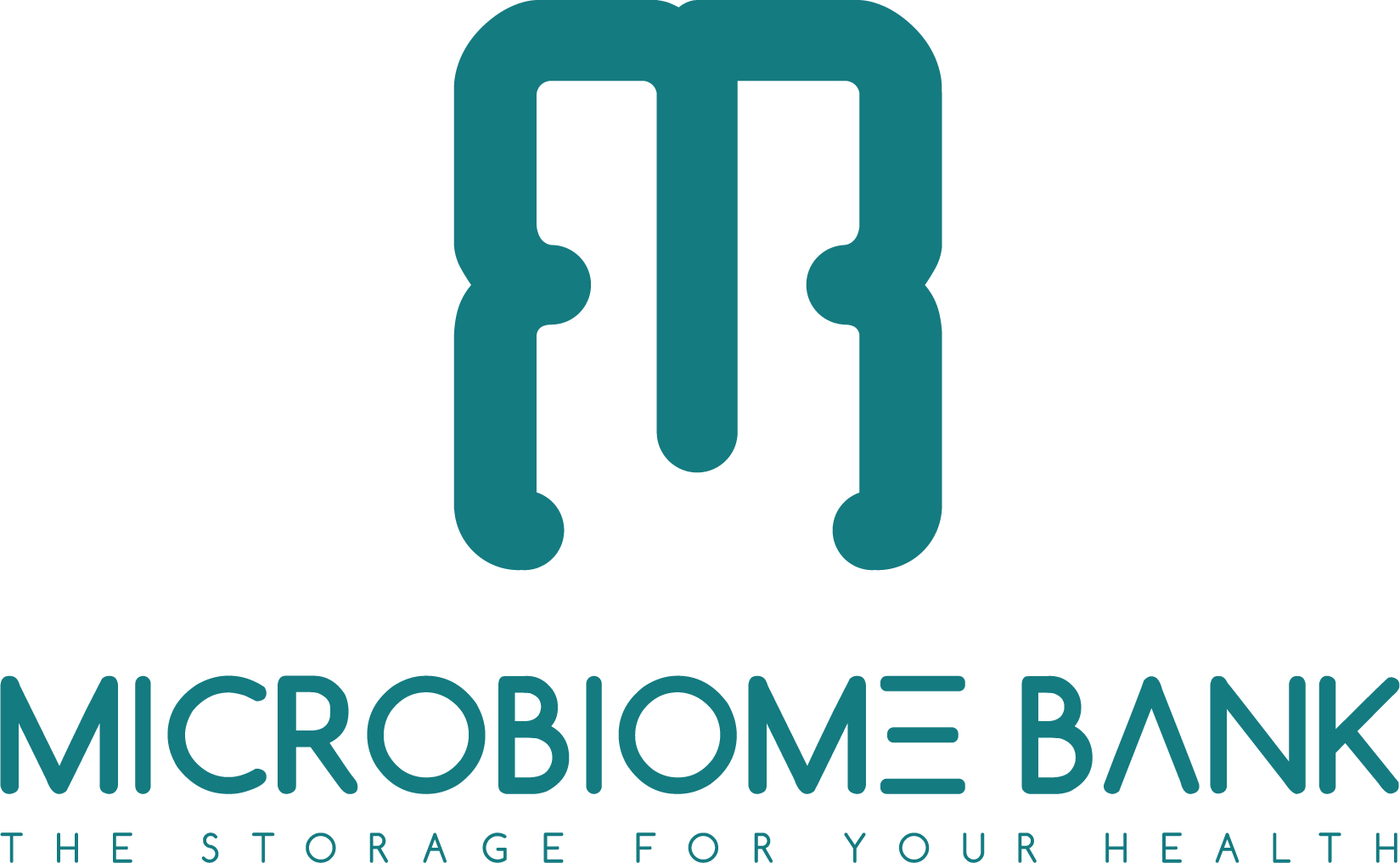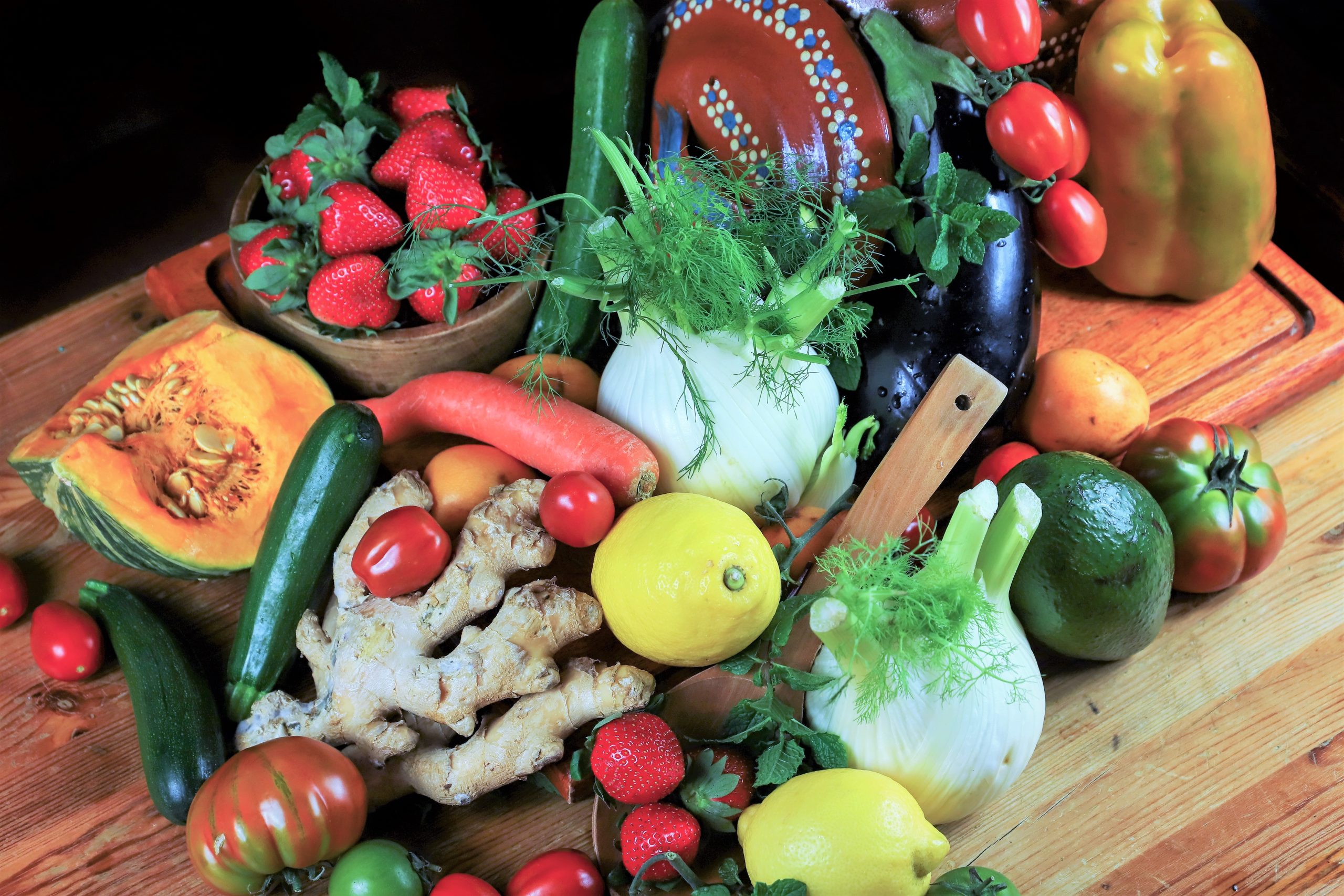My Gut Garden Begins to Bloom
There was a time when he thought of nutrition purely in terms of macros. Just as he learned: protein to rebuild, carbs to fuel, fats to balance hormones. But now, after clearing out his pantry, his mindset had shifted. Food wasn’t fuel. It was fertilizer – for the invisible garden inside him.
The first changes were subtle. His digestion grew quieter. The post-meal bloating disappeared. Sleep deepened, dreams sharpened. And perhaps most surprising: his cravings changed. Instead of protein bars, he wanted sauerkraut. Instead of chocolate, he reached for blueberries soaked in kefir. His gut, he realized, was sending different signals – because it had different residents.
He’d fed them with care. Prebiotics from leeks and legumes. Fermented foods rich in Lactobacillus and Bifidobacterium. Cooked and cooled potatoes for resistant starch. Red cabbage, pomegranate, and olive oil for polyphenols. Within days, he felt his gut moving differently – not just physically, but mentally. A kind of clarity returned that he hadn’t realized he’d lost.
The science backed it up. When we eat real, whole, fiber-rich food, we don’t just nourish ourselves – we co-feed with the bacteria that protect us. In return, they produce postbiotics like butyrate, propionate, and acetate – short-chain fatty acids that lower inflammation, stabilize blood sugar, and even improve brain function.
It wasn’t glamorous. No supplements, no extreme fasting, no IV drips. Just real food. Real cooking. Real rhythm. And the most underrated anti-aging medicine in the world: chewing slowly while seated.
He kept a simple rule now: “If I can’t trace its journey from soil or sky to my plate, my microbes probably don’t want it.” If he cannot tell what its origin is, he is not interested. Within two weeks, his resting heart rate dropped. His HRV - which he followed on his watch -climbed. But more than numbers - he felt grounded. Rooted. Like he’d rejoined something natural.
Next week: Next week: “The Clock That Heals” — time-restricted eating, circadian microbes, and when you eat matters more than you think.
1. Fu, J. – Dietary Fiber Intake and Gut Microbiota in Human Health
Jiani Fu, Meiqi Chen, Rui Li, Min Liu, Dietary Fiber Intake and Gut Microbiota in Human Health, International Journal of Molecular Sciences, 2022 Dec; 23(24): 15674.
Findings:
Fu and colleagues reviewed the critical role of dietary fiber in shaping the gut microbiota. They found that the fermentation of plant fibers produces short-chain fatty acids (SCFAs) like butyrate, propionate, and acetate — key compounds that maintain intestinal barrier function, reduce inflammation, modulate metabolism, and support brain function.
The authors emphasized that these SCFAs exert not only local effects in the gut but also systemic benefits, including improved insulin sensitivity, immune modulation, and reduced neuroinflammation. Low fiber intake, they concluded, is strongly associated with microbial imbalance (dysbiosis) and the development of chronic conditions such as obesity, metabolic syndrome, and inflammatory bowel diseases.
Their findings align closely with the blog narrative: that a whole-food, fiber-rich diet fosters a resilient microbial ecosystem that co-regulates human health.
https://www.ncbi.nlm.nih.gov/pmc/articles/PMC9787832/
2. Chen, Z. – Resistant Starch and the Gut Microbiome
Zhenhua Chen, Resistant Starch and the Gut Microbiome, International Journal of Molecular Sciences, 2024 Jan; 25(1): 312.
Findings:
Chen's review focused on the prebiotic effects of resistant starch (RS), a form of dietary fiber that escapes digestion in the small intestine and is fermented in the colon by gut bacteria. This fermentation produces SCFAs, especially butyrate, which plays a crucial role in colon health.
The paper demonstrated that RS increases the abundance of beneficial bacteria, such as Faecalibacterium prausnitzii, and reduces inflammatory responses. Regular RS intake was associated with improved glucose metabolism, reduced fat accumulation, and lower markers of systemic inflammation — all of which are key to preventing metabolic syndrome.
The blog’s reference to cooled potatoes, legumes, and other RS-rich foods reflects these findings, showcasing how such dietary changes can rapidly reshape the microbiome for the better.
https://www.ncbi.nlm.nih.gov/pmc/articles/PMC10819196/
3. Kim, E. H. J. – Chewing Modifies Gut Microbiota and Metabolites
Eun-Hye Jessica Kim, Andrew S. Greenhill, Xingqian Ye, Kate Howell, Chewing differences in consumers affect the digestion and microbial metabolite profiles of plant-based foods, Food Research International, 2022 Nov; 162: 112106.
Findings:
This study explored how chewing behavior impacts the digestion of plant-based foods and the downstream microbial fermentation. The researchers discovered that slow and thorough chewing enhances the bioavailability of polyphenols and fibers, promoting greater microbial activity and higher SCFA production — particularly butyrate.
Importantly, the authors linked mindful chewing to improved microbial diversity and function, supporting better glucose regulation, reduced inflammation, and a stronger gut-brain axis. This affirms the blog author’s simple rule: that the act of chewing — not just the content of the food — can serve as a powerful health intervention.
The study validates the seemingly simple but scientifically sound advice in the blog: sit, chew slowly, and respect the microbial rituals of eating.
https://pubmed.ncbi.nlm.nih.gov/35972507/


